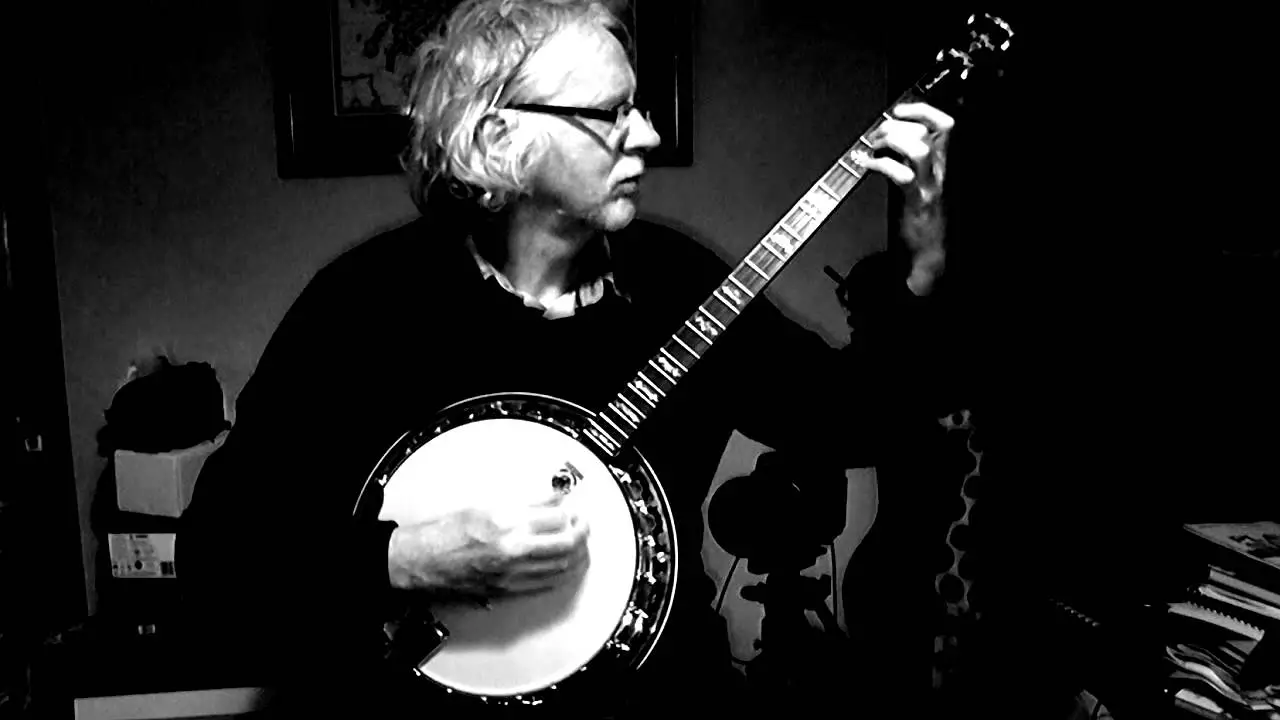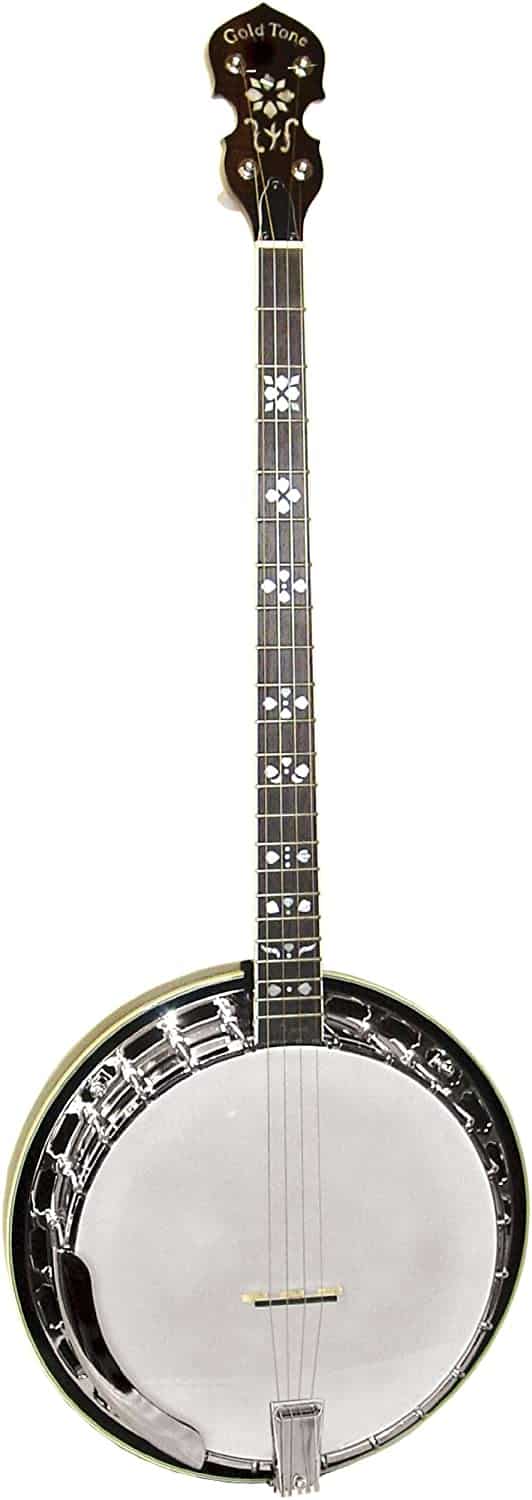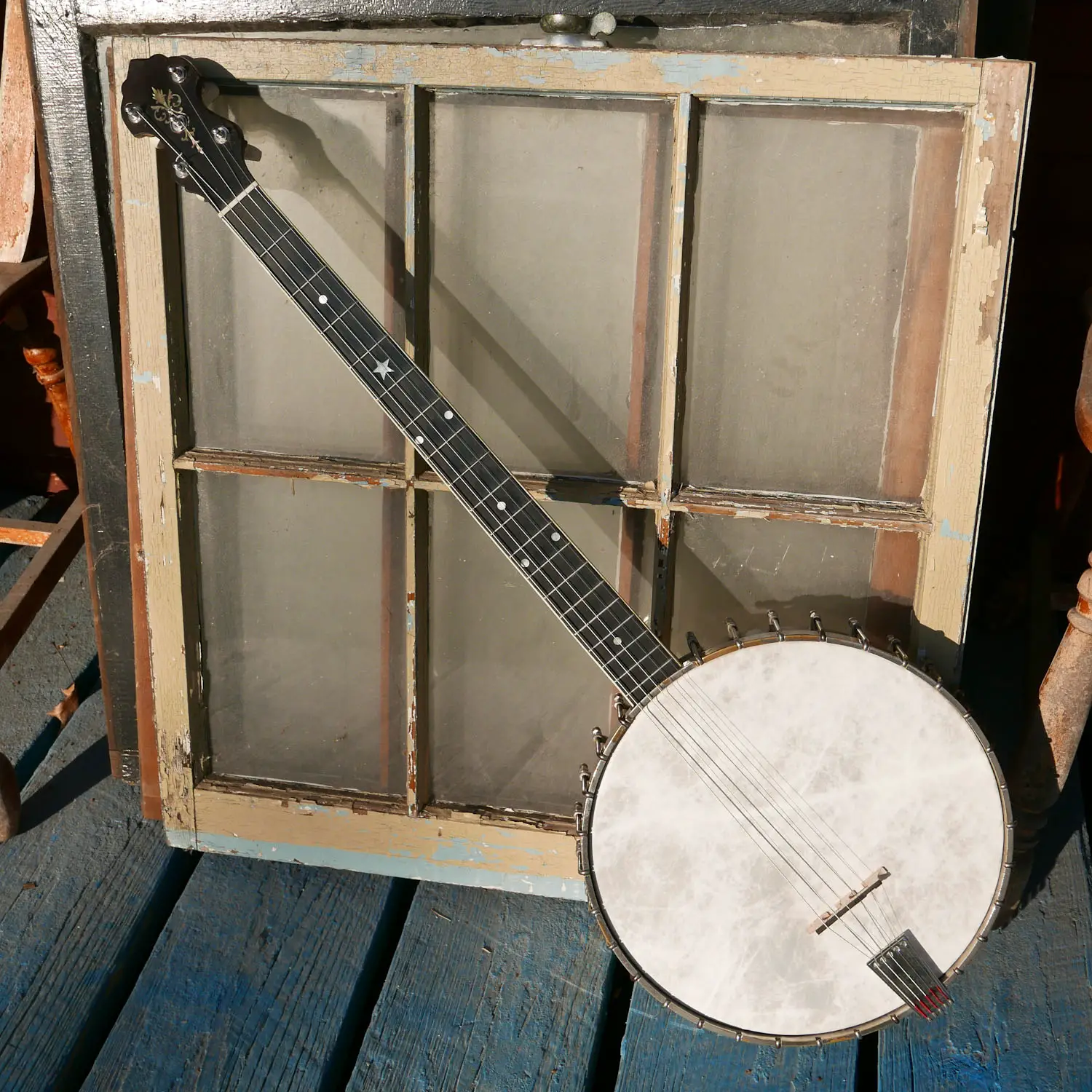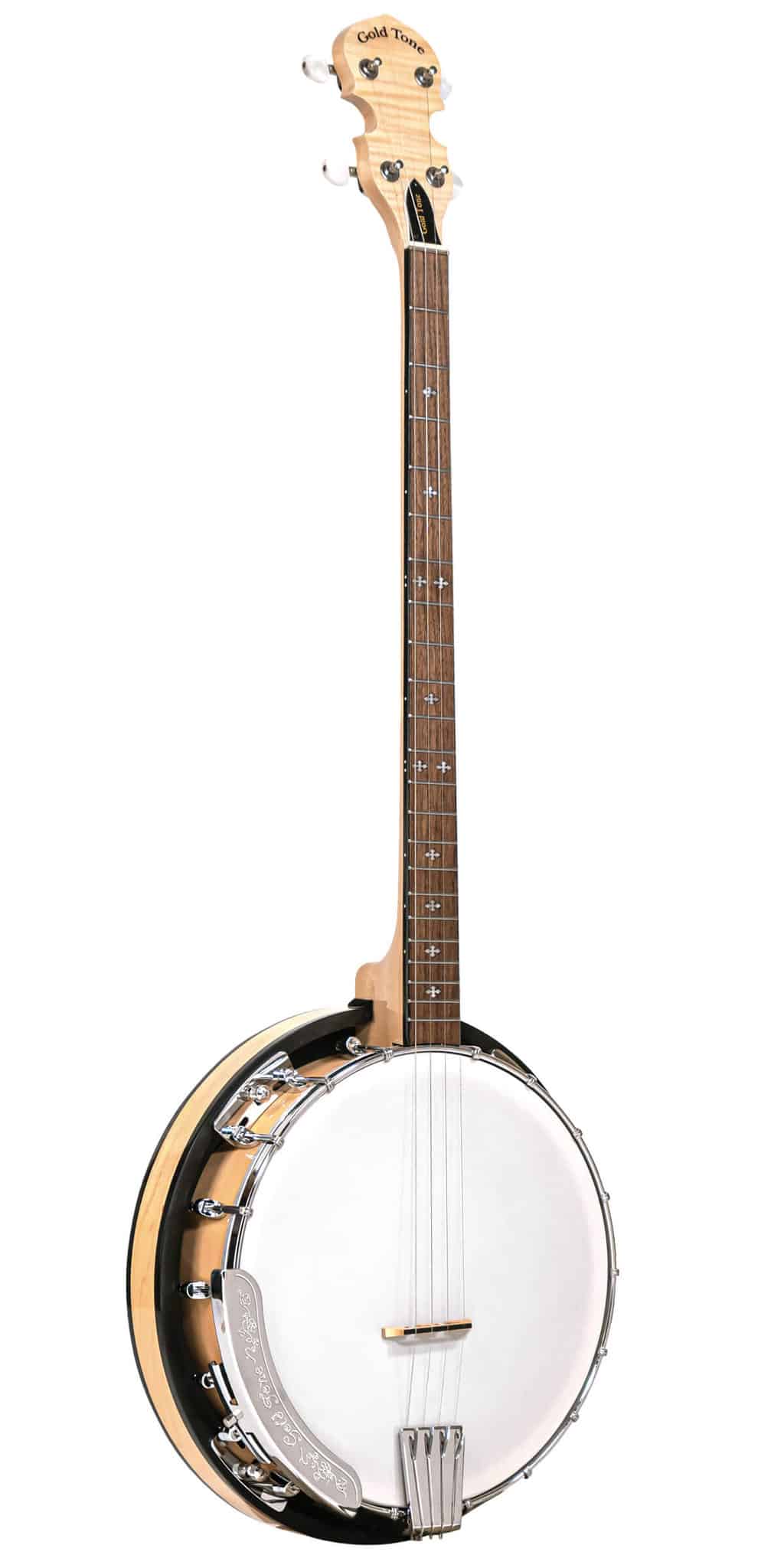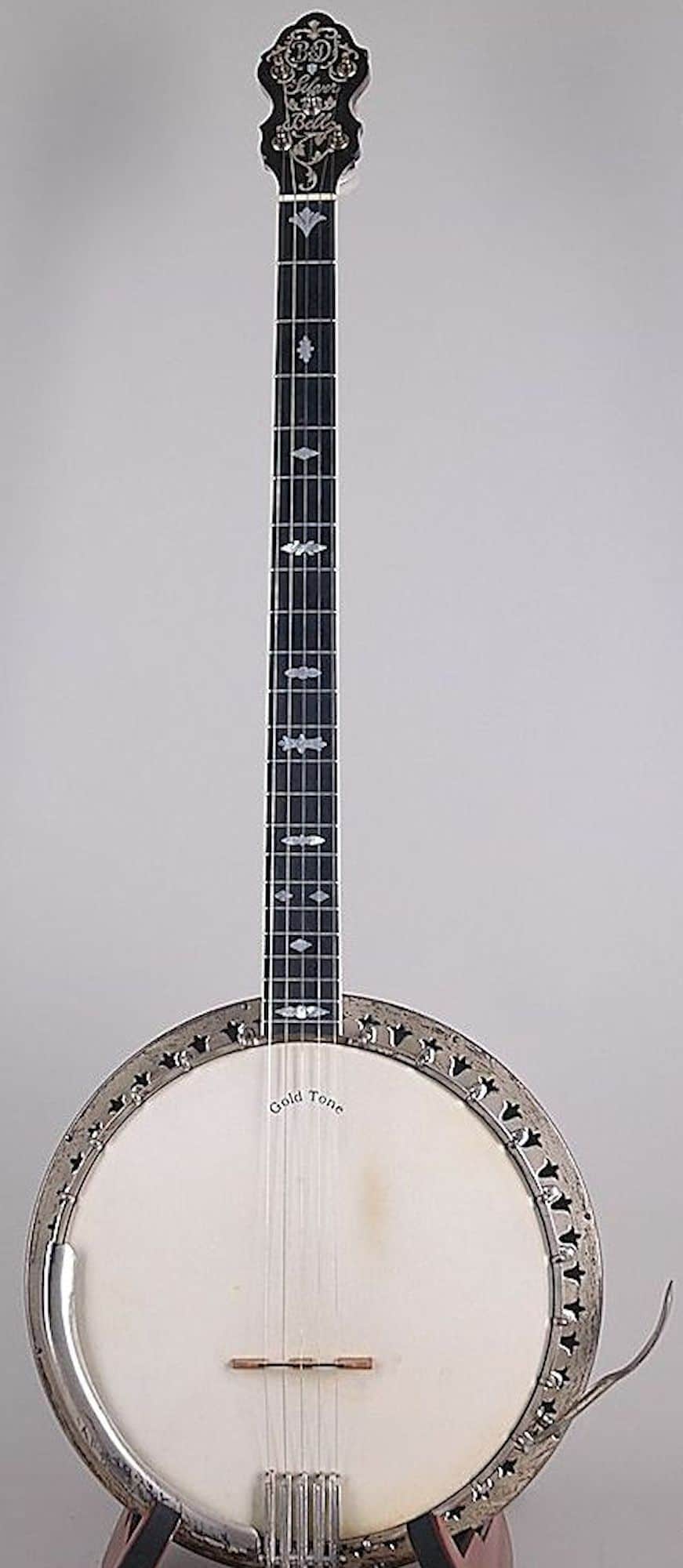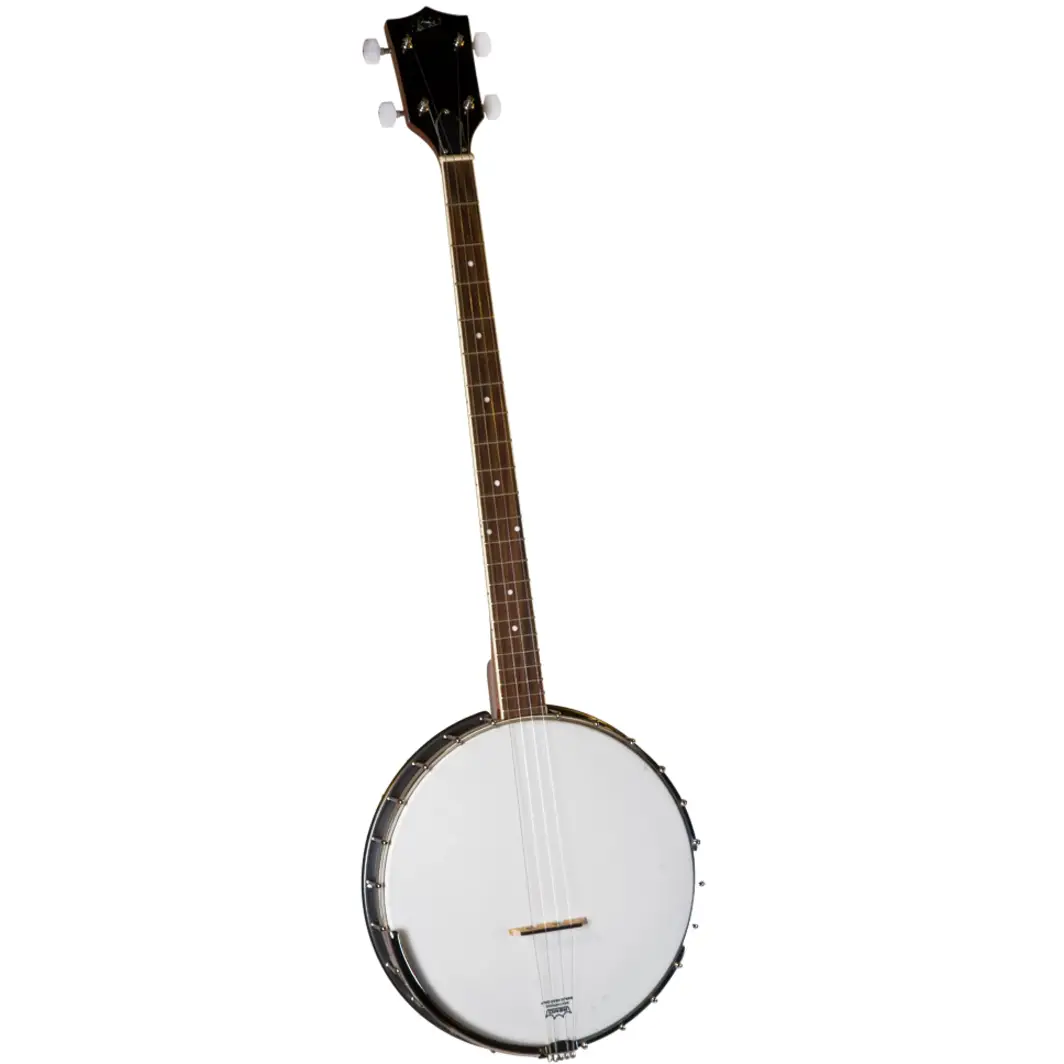Have you ever heard of a plectrum banjo? Perhaps you’ve seen one being played in a band, or maybe you’ve heard someone refer to it while talking about string instruments. As someone who’s interested in music, you’ve probably wondered: what is a plectrum banjo?
In this article, I’ll provide an overview of this unique instrument and discuss the basics of playing the plectrum banjo. You’ll learn about its history, what makes it stand out from other banjos, and how to get started playing it. By the end, you’ll have a better understanding of what a plectrum banjo is and how it can add a unique sound to your musical repertoire.
History of the Plectrum Banjo
The plectrum banjo is a four-stringed instrument that evolved from the five-string banjo, which originated in the United States in the late 1800s. The plectrum banjo was developed in the early 1900s to meet the demands of the growing jazz scene. It was designed to be louder and fuller than the five-string banjo, and its tuning was modified to allow players to use a plectrum or pick to create a more dynamic sound.
The plectrum banjo quickly became popular in the jazz world, and prominent jazz players like Eddie Lang and Frank Signorelli were instrumental in popularizing the instrument. The plectrum banjo also became popular in vaudeville, where players like Frank Bunch performed regularly.
In the 1930s, the plectrum banjo was used in country and western music, often in combination with steel guitar. Notable players of this era included Cliff Carlisle and Zeke Morris.
The plectrum banjo was used in some bluegrass ensembles, such as those of Bill Monroe, Earl Scruggs, and Don Reno. However, the five-string banjo was the more popular instrument in bluegrass music.
In the 1950s and 1960s, the plectrum banjo fell out of favor with jazz and country musicians, who preferred electric instruments. But in the 1970s, the instrument experienced a resurgence in popularity, thanks in part to banjoists like Béla Fleck, who incorporated the instrument into a variety of musical styles.
Today, the plectrum banjo is still used in jazz, folk, and traditional music. It is also popular in a variety of other genres, from bluegrass to rock and roll.
Types of Plectrum Banjos
Plectrum banjos are a type of four-stringed banjo that feature a longer neck and a wider body than other banjos. The strings are typically plucked with a pick, hence the name ‘plectrum’ banjo. There are several types of plectrum banjos available.
The first is the standard plectrum banjo, which is the most commonly used type. The head is usually made of animal hide, and the neck is typically made of maple wood. It has four strings, tuned G, D, B, and G. The body is larger and wider than other banjos, and the frets are closer together for easier playing.
Another type of plectrum banjo is the five-string plectrum banjo. This type of banjo has five strings, a longer neck and a wider body. The fifth string is usually tuned to a higher pitch than the others, and it is used for solos or for playing chords.
The third type of plectrum banjo is the tenor plectrum banjo. This type of banjo has four strings, but they are tuned to a higher pitch than the standard plectrum banjo. It is used mainly for playing jazz and blues music.
The last type of plectrum banjo is the six-string plectrum banjo. This banjo has six strings, and the sixth string is tuned to a higher pitch than the other five. It is used mainly for playing chords and solos.
These are the four main types of plectrum banjos. They all have their own unique sound and feel, so it is important to try them out before purchasing one.
How is a Plectrum Banjo Played?
Plectrum Banjos are played using a fingerpick, which is a small metal pick that is placed between the index and middle fingers of the right hand. The pick is used to pluck the strings of the instrument, while the other fingers of the right hand are used to hold down the strings in order to create notes, chords and other musical sounds. The left hand is used to hold the neck of the banjo, and to press down the strings in order to change the pitch of the notes that are being played. The plectrum banjo is usually tuned in a particular way, and this helps the player to create a variety of musical sounds. The tuning of the banjo can be changed by adjusting the tension of the strings, which is done by turning the tuning pegs at the head of the instrument.
Plectrum Banjo Tuning
- The standard tuning for a plectrum banjo is CGBD.
- The C is the lowest pitched string, and the G is the highest.
- The 4th string (D) can be tuned down a whole step to low C#.
- The third string (G) can be tuned up a half-step to high G#.
- Alternatively, the 4th string can be tuned up a half-step to high D#.
- The 5th string (B) can be tuned down a half-step to low Bb.
Plectrum Banjo Strings
Plectrum banjos use strings made of steel, nylon, and other materials. The strings are arranged in four courses, with the first course consisting of two strings and the other three courses having one string each. The strings are tuned to a GDAE tuning, which is similar to the guitar tuning of EADGBe. The two strings in the first course are tuned an octave apart, while the other strings are tuned in unison. Steel strings are often used for plectrum banjos, as they give the instrument a bright and powerful sound. Nylon strings are also used and are generally preferred by jazz players, as they produce a mellower tone.
Accessories for Plectrum Banjos
- Banjo Strings
- Banjo Bridge
- Tuners and Pegs
- Fingerpicks
- Banjo Capo
- Banjo Picks
- Banjo Case
Plectrum banjos are typically strung with metal strings, as opposed to nylon strings like those found on acoustic guitars. Banjo strings come in a variety of gauges and are usually made of steel or bronze. A banjo bridge is an essential accessory, as it is used to increase the amount of contact between the strings and the banjo’s resonator. Tuners and pegs are also important accessories, as they help to keep the strings in tune. Fingerpicks and banjo picks are also essential for playing the instrument, and can be made of plastic, metal, or a combination of both. A banjo capo is used for quickly changing the instrument’s key without having to retune. Finally, a banjo case is a must-have accessory for keeping the instrument safe from damage.
Benefits of Playing a Plectrum Banjo
- It is very versatile, and can be used to produce a wide range of sounds, from fast and rhythmic to slow and melodic.
- It is a great instrument for learning, since it is relatively easy to learn how to play the basics.
- It is relatively lightweight and easy to transport, meaning it can be taken to gigs or lessons with ease.
- It is a great tool for practice and development, as the sound of a plectrum banjo can be easily altered to suit any style of music.
- It is a great way to explore different genres of music, as the sound can be easily adapted to different styles.
- It is a great instrument for jamming, as the sound of the plectrum banjo can easily be blended with other instruments.
Famous Plectrum Banjo Players
- Earl Scruggs
- Pete Seeger
- Billy Faier
- Vassar Clements
- Béla Fleck
- Jens Kruger
- Tony Trischka
- Mike Seeger
- Bill Keith
- Bryan Sutton
Plectrum banjo players are some of the most renowned musicians in the world. Earl Scruggs, Pete Seeger, Billy Faier, Vassar Clements, and Béla Fleck are among the most famous plectrum banjo players. Jens Kruger, Tony Trischka, Mike Seeger, Bill Keith, and Bryan Sutton are some other great plectrum banjo players.
Frequently Asked Questions
What is the difference between a plectrum banjo and a regular banjo?
A plectrum banjo has four strings tuned in a fifth chord, while a regular banjo has five strings tuned in a fourth chord. The plectrum banjo is played with a pick, while regular banjos are played with the fingers. The plectrum banjo has a longer neck and a longer scale than the regular banjo and is typically used to play jazz, blues, and country music.
What kind of music is typically played on a plectrum banjo?
Plectrum banjos are typically used to play skillful jazz, ragtime and 1920s-style dance music. They are often used to accompany vocals in a variety of genres, including folk and rock.
How does the tuning of a plectrum banjo differ from other banjos?
A plectrum banjo typically has four strings which are tuned CGDA. This is similar to the tuning of a guitar and is commonly referred to as “Chicago tuning”. This tuning allows the banjo to be played using guitar-style fingerpicking techniques, as well as traditional clawhammer techniques. Other banjos, such as the 5-string banjo, are typically tuned to an open G tuning (gDGBD).
What kind of strings are used for a plectrum banjo?
A plectrum banjo typically uses four string sets of steel strings, which are tuned to standard CGDA tuning. These strings are usually wound with bronze or nickel for a brighter sound. The strings should be changed every few months to ensure a clear and crisp sound.
How does one go about learning to play a plectrum banjo?
It is recommended to start with learning the basics of the instrument such as tuning, hand and finger placement, strumming and fretting. It is important to familiarize yourself with the different parts of the banjo and how they work together. It is also useful to learn the different chords and scales to be able to play songs. Additionally, it is important to practice regularly, get feedback from experienced players, and find resources such as online tutorials and books.
Conclusion
The plectrum banjo is an incredibly unique instrument that provides a unique sound to any musical composition. It is relatively easy to learn, and with practice and dedication, can become a great instrument for any musician. It is often used in jazz and ragtime music, but can be used in a variety of musical genres. With the right knowledge and instruction, anyone can learn to play this instrument.

